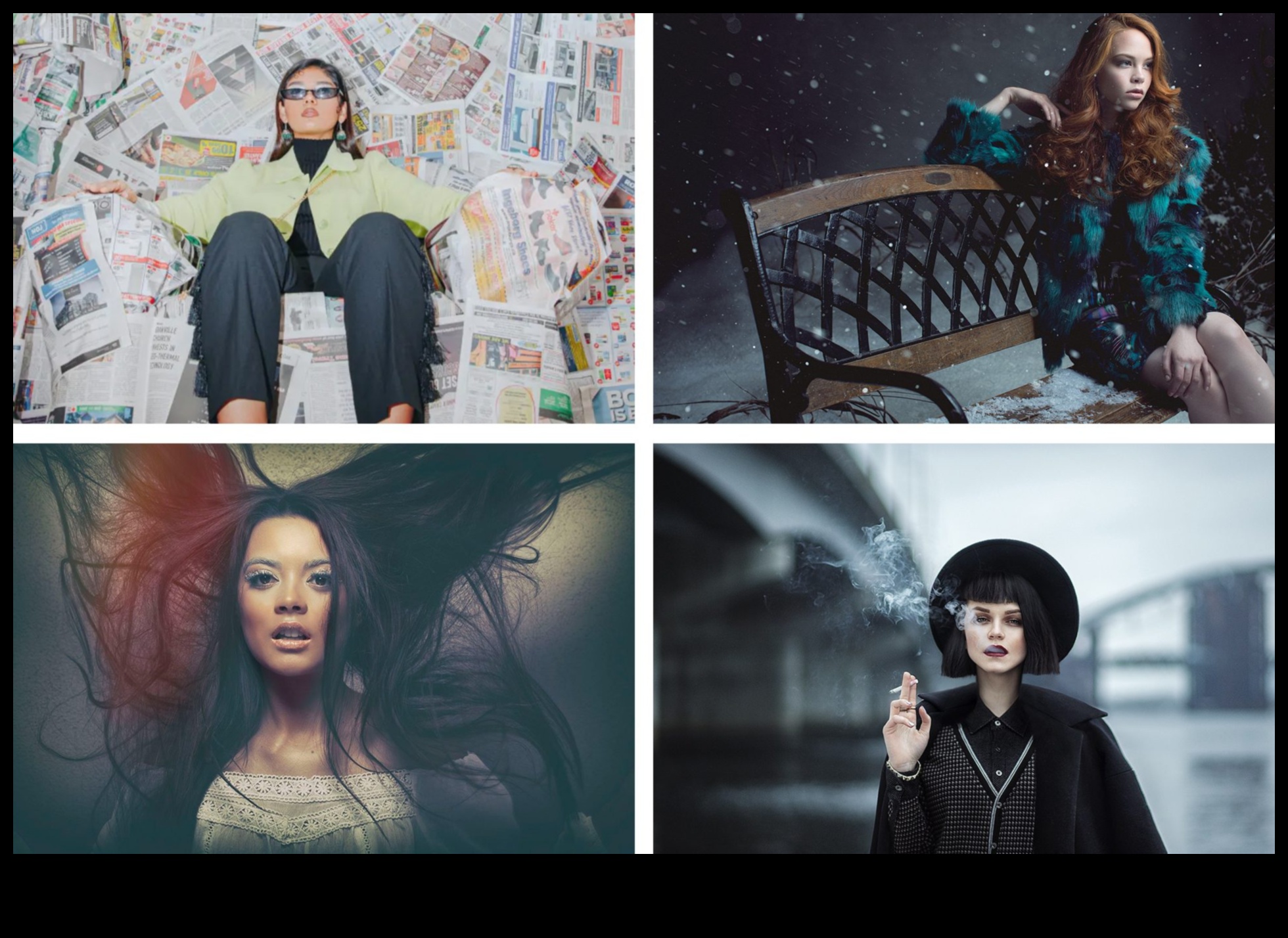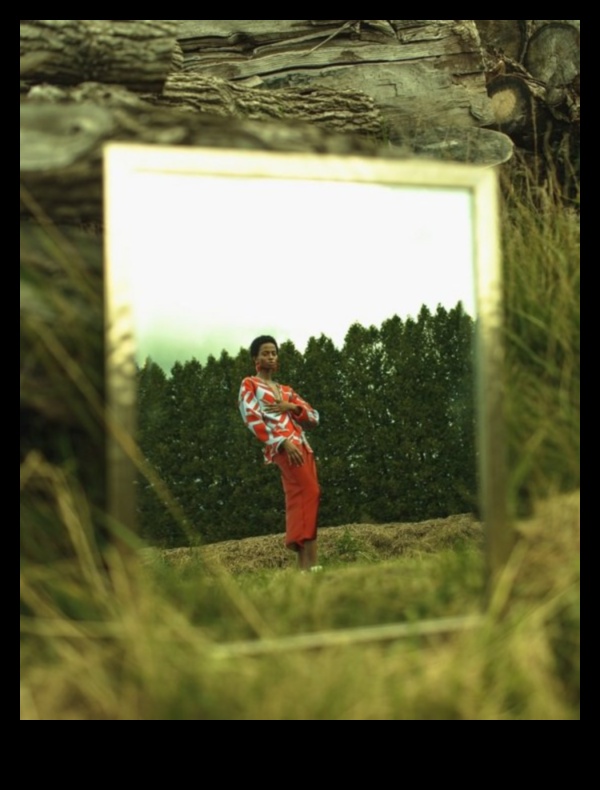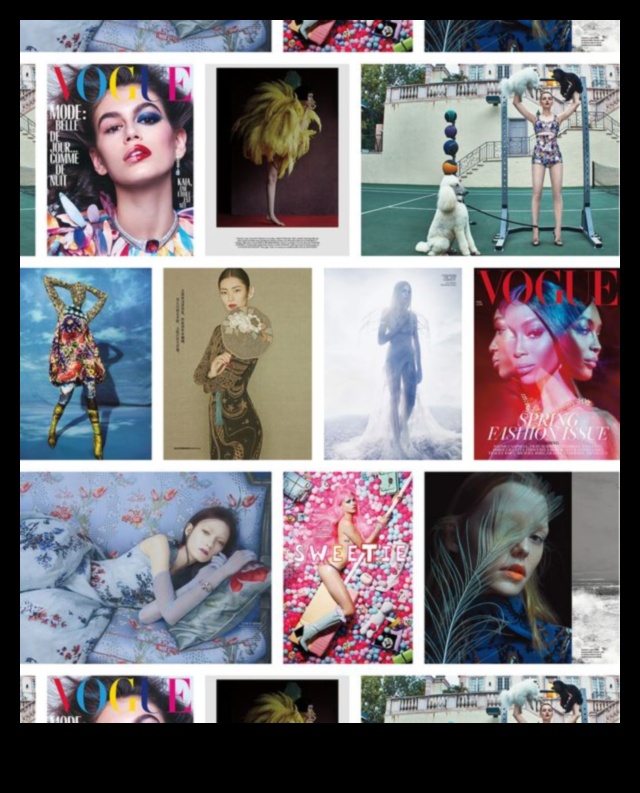
What is editorial photography?
Editorial photography is a type of photography that is used to illustrate or accompany written content in magazines, newspapers, and other publications. It is also used to create advertising campaigns and other marketing materials.
Editorial photographers work closely with editors and writers to create images that help to tell a story or convey a message. They often have to work under tight deadlines and in challenging conditions.
Editorial photography is a highly creative field that requires a strong understanding of both photography and storytelling. It is also a competitive field, but those who are successful can enjoy a rewarding career.

The history of editorial photography
Editorial photography has been around for centuries, but it really came into its own in the 19th century with the invention of the camera. In the early days, editorial photographers were mainly used to document news events and to illustrate stories in newspapers and magazines.
As the 20th century progressed, editorial photography became more sophisticated and began to be used for a wider range of purposes. In the 1920s and 1930s, photographers such as Dorothea Lange and Walker Evans used their work to document the social and economic conditions of the Great Depression.
In the 1940s and 1950s, editorial photographers such as Henri Cartier-Bresson and Robert Capa captured some of the most iconic images of the 20th century, including the liberation of Paris and the Vietnam War.
In the 1960s and 1970s, editorial photography became more experimental and began to be used to explore social and political issues. Photographers such as Diane Arbus and Garry Winogrand used their work to challenge the status quo and to raise awareness of important issues.
Today, editorial photography is still a vital part of the media landscape. It is used to tell stories, to inform the public, and to challenge our perceptions of the world.
The different types of editorial photography
There are many different types of editorial photography, each with its own unique style and purpose. Some of the most common types of editorial photography include:
- Photojournalism: Photojournalism is a type of photography that is used to document news events and to tell stories about people and places.
- Documentary photography: Documentary photography is a type of photography that is used to document people, places, and events over time.
- Visual storytelling: Visual storytelling is a type of photography that is used to tell a story or convey a message through images.
- Photo essay: A photo essay is a collection of photographs that are used to tell a story or convey a message.
Editorial photographers often work in a variety of genres, and they may use different techniques to create their images. However, all editorial photographers share a common goal: to create images that are both visually compelling and informative.

The role of editorial photography in the media
Editorial photography plays a vital role in the media. It is used to illustrate stories, to tell stories, and to raise awareness of important issues.
In the print media, editorial photography is used to help readers understand the stories that they are reading. In the digital media, editorial photography is used to attract attention and to engage readers.
Editorial photography can also be used to raise awareness of important issues. For example, photographers have used their work to raise awareness of the plight of refugees, the dangers of climate change, and the need for social justice.
Editorial photography is a powerful tool that can be used to inform, educate, and inspire. It is a vital part of the media landscape and it plays a vital role in our society.

The ethics of editorial photography
Editorial photographers have a responsibility to act ethically. They should always respect the privacy of their subjects and they should never misrepresent the truth.
In addition, editorial photographers should be aware of the potential impact of their work. They should think about how their images will be used and they should make sure that their work is not used to harm or exploit others.
There are a number of ethical guidelines that editorial photographers should follow. These guidelines include:
- Respect the privacy of your subjects.
Topic Features Editorial photography * Tells a story
* Uses visuals to convey a message
* Can be used to inform, persuade, or entertainPhotojournalism * Documents current events
* Often focuses on social issues
* Can be used to raise awareness for a causeDocumentary photography * Chronicles a person’s life or a particular event
* Can be used to create a historical record
* Can be used to explore a social or cultural phenomenonVisual storytelling * Uses images to tell a story
* Can be used to create a narrative or to convey a message
* Can be used to engage and connect with audiencesPhoto essay * A series of photographs that tells a story
* Can be used to explore a particular topic or theme
* Can be used to create a personal statement or to make a political statement
What is editorial photography?
Editorial photography is a type of photography that is used to illustrate or accompany written content in magazines, newspapers, and other publications. It is often used to tell a story or to convey a message, and it can be used to both inform and entertain the reader.
Editorial photography is different from other types of photography in that it is not typically used for commercial purposes. Instead, it is used to create images that are relevant to the publication’s audience and that will help to tell the story that the writer is trying to tell.
Editorial photographers often work closely with writers to create images that will complement the written content. They may also work with art directors to choose the best images for the publication.
Editorial photography is a challenging and rewarding genre of photography. It requires photographers to have a strong understanding of both photography and storytelling. Editorial photographers must also be able to work well under pressure and to meet deadlines.
If you are interested in pursuing a career in editorial photography, there are a number of things you can do to prepare yourself. You can take photography courses, read books and articles about editorial photography, and build your portfolio by shooting editorial-style images. You can also network with other photographers and editors, and attend workshops and conferences.
What is editorial photography?
Editorial photography is a type of photography that is used to illustrate or accompany written content in magazines, newspapers, and other publications. It is often used to tell a story or convey a message, and it can be used to both inform and entertain the reader.
Editorial photographers work closely with editors and writers to create images that will complement the written content. They must be able to think creatively and come up with fresh ideas, and they must also be able to work quickly and efficiently in a fast-paced environment.
Editorial photography is a challenging but rewarding career. It offers the opportunity to work on a variety of projects and to meet interesting people. It also allows photographers to share their work with a wide audience and to make a difference in the world.
What is editorial photography?
Editorial photography is a type of photography that is used to illustrate or accompany written content in magazines, newspapers, and other publications. It can also be used to create visual stories for websites and other online platforms. Editorial photographers work closely with writers and editors to create images that help to tell a story or convey a message.
Editorial photography is often used to document current events, explore social issues, or tell personal stories. It can also be used to create more creative and artistic images that are designed to inspire or provoke thought.
Editorial photographers need to have a strong understanding of both photography and storytelling. They need to be able to capture compelling images that will grab the attention of readers and help to tell a story in a clear and concise way.
Editorial photography is a challenging but rewarding field. It can be a great way to combine your passion for photography with your interest in storytelling.
V. The ethics of editorial photography
Editorial photography is a powerful tool that can be used to inform, educate, and inspire. However, it is important to use this power responsibly and ethically. Here are some ethical considerations to keep in mind when shooting editorial photos:
- Respect the privacy of your subjects.
- Be truthful and accurate in your images.
- Avoid sensationalism and exploitation.
- Give credit where credit is due.
- Be aware of the potential impact of your images.
By following these ethical guidelines, you can help to ensure that your editorial photography is responsible and impactful.
How to become an editorial photographer
To become an editorial photographer, you need to have a strong understanding of photography, as well as the ability to tell stories visually. You also need to be able to work independently and be able to meet deadlines.
Here are some steps on how to become an editorial photographer:
- Develop your photography skills. Take classes, read books, and practice your photography as much as you can.
- Build your portfolio. Start by shooting photos of friends, family, and your surroundings. Then, start submitting your work to magazines and publications.
- Network with other photographers. Attend photography workshops and conferences, and join photography organizations.
- Get experience working as an assistant. This will give you the opportunity to learn from a more experienced photographer and to get your foot in the door of the industry.
- Start freelancing. Once you have some experience under your belt, start freelancing for magazines and publications. This will help you build your portfolio and your reputation.
- Pursue full-time employment. Once you have enough experience, you can start applying for full-time editorial photography jobs.
Becoming an editorial photographer can be a challenging but rewarding career. If you have a passion for photography and a strong work ethic, you can achieve your dreams of becoming a successful editorial photographer.
The best editorial photography schools and courses
There are a number of great schools and courses that offer training in editorial photography. Some of the most popular options include:
- Yale School of Art
- Rhode Island School of Design
- School of Visual Arts
- New York University
- California Institute of the Arts
These schools offer a variety of programs and courses that can help you develop the skills and knowledge you need to become an editorial photographer. In addition to coursework, many of these schools also offer workshops, lectures, and portfolio reviews.
If you’re interested in pursuing a career in editorial photography, it’s important to do your research and choose a school that’s the right fit for you. Consider the program’s curriculum, faculty, and location, and make sure that you’re comfortable with the school’s philosophy and approach to photography.
Once you’ve chosen a school, it’s time to start preparing for your application. This may include taking the GRE or GMAT, writing a personal statement, and submitting a portfolio of your work.
The admissions process for these schools can be competitive, so it’s important to start early and put your best foot forward. If you’re accepted to a school, congratulations! You’re one step closer to becoming a professional editorial photographer.
VIII. What is the future of editorial photography?
The future of editorial photography is uncertain. The rise of digital photography and the decline of print media have had a significant impact on the industry. However, there are still a number of opportunities for editorial photographers, particularly those who are able to adapt to the changing landscape.
One of the biggest challenges facing editorial photographers is the decline of print media. In the past, magazines and newspapers were the primary outlets for editorial photography. However, these days, more and more people are getting their news and information online. This has led to a decline in the demand for editorial photography.
Another challenge facing editorial photographers is the increasing competition from amateur photographers. With the advent of digital photography, anyone with a camera can now take and publish photos. This has made it difficult for professional photographers to compete.
Despite these challenges, there are still a number of opportunities for editorial photographers. One opportunity is in the area of online publishing. As more and more people get their news and information online, there is a growing demand for high-quality editorial photography.
Another opportunity is in the area of corporate photography. Companies are increasingly using photography to promote their products and services. This has created a demand for editorial photographers who can create compelling and engaging images.
Finally, there is still a demand for editorial photography in the traditional print media. Although the print media is declining, there are still a number of magazines and newspapers that publish editorial photography.
The future of editorial photography is uncertain, but there are still a number of opportunities for photographers who are able to adapt to the changing landscape. By focusing on online publishing, corporate photography, and the traditional print media, editorial photographers can continue to thrive in the years to come.
IX. The best editorial photography publications and websites
Here is a list of some of the best editorial photography publications and websites:
- The New Yorker
- The New York Times Lens
- Time
- National Geographic
- The Guardian
- Wired
- PetaPixel
- Fstoppers
- Digital Camera World
FAQ
Q: What is editorial photography?
A: Editorial photography is a type of photography that is used to illustrate or accompany text in an editorial publication, such as a magazine, newspaper, or website.
Q: What are the different types of editorial photography?
A: There are many different types of editorial photography, including:
- Photojournalism
- Documentary photography
- Visual storytelling
- Photo essay
Q: What is the role of editorial photography in the media?
A: Editorial photography plays a vital role in the media by providing visual representation of stories and events. It can help to tell a story in a more engaging way, and it can also help to communicate complex ideas or emotions.